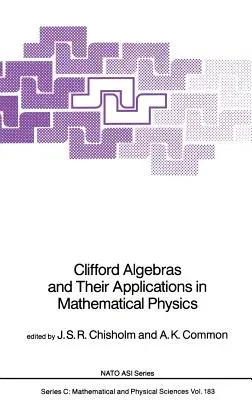Clifford Algebras and Their Applications in Mathematical Physics (1986)Hardcover - 1986, 31 July 1986

Qty
1
Turbo
Ships in 2 - 3 days
In Stock
Free Delivery
Cash on Delivery
15 Days
Free Returns
Secure Checkout

Part of Series
NATO Science Series C:
Part of Series
Sociology of the Sciences: A Yearbook
Part of Series
NATO Science Series: U
Part of Series
NATO Science Series C: (Closed)
Part of Series
NATO Science Series U
Part of Series
NATO Science Series C (Closed):
Print Length
592 pages
Language
English
Publisher
Springer
Date Published
31 Jul 1986
ISBN-10
9027723087
ISBN-13
9789027723086
Description
Product Details
Book Edition:
1986
Book Format:
Hardcover
Country of Origin:
US
Date Published:
31 July 1986
Dimensions:
23.67 x
16.26 x
3.94 cm
ISBN-10:
9027723087
ISBN-13:
9789027723086
Language:
English
Location:
Dordrecht
Pages:
592
Publisher:
Series:
Weight:
1056.87 gm